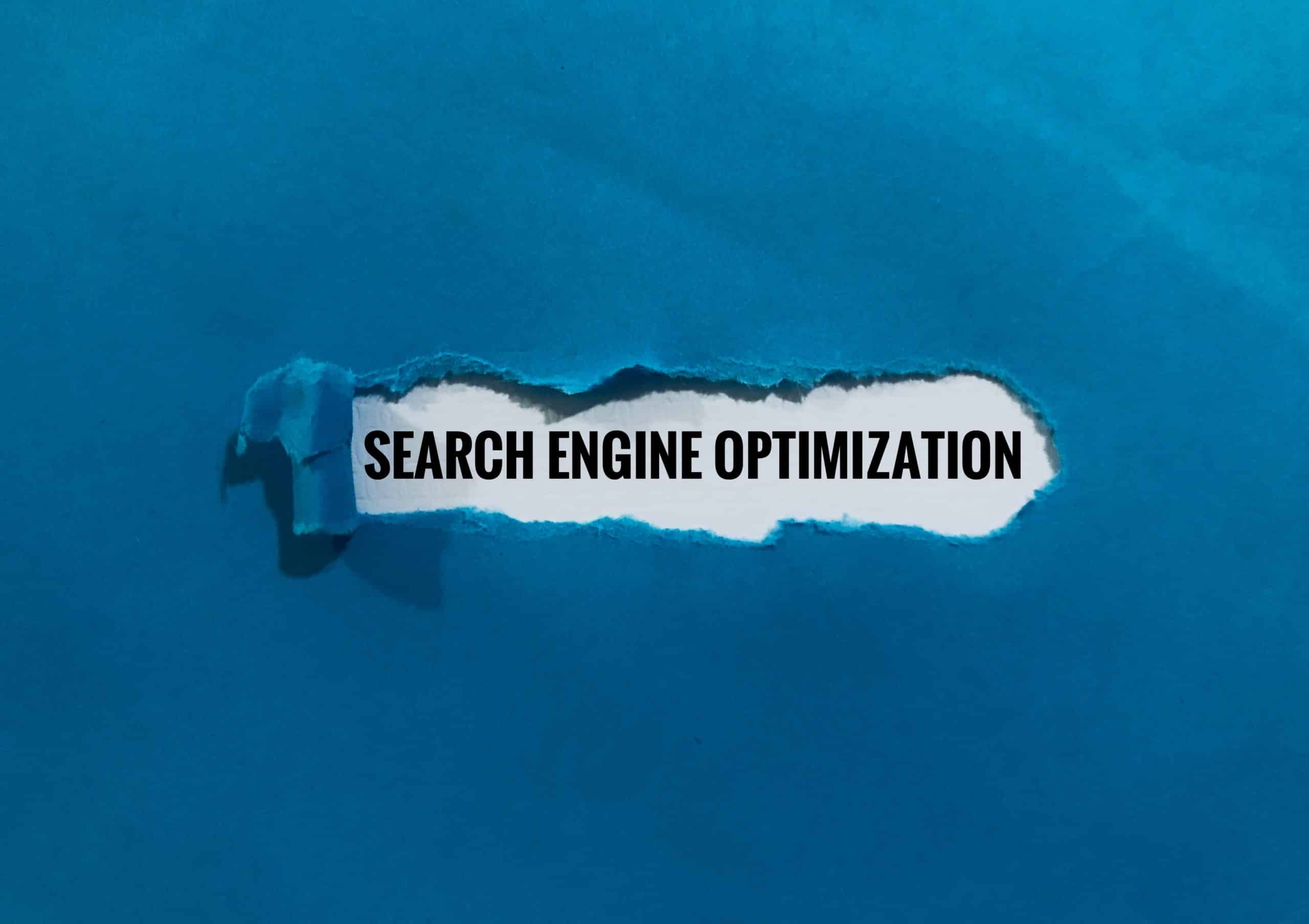The digital age has brought about a revolution in the way we gather, store, and utilise data. Big data refers to the large volumes of data we generate every day. In the realm of public transport, this data can be harnessed to enhance the customer experience markedly. This article explores how big data could be leveraged to improve the customer experience in the UK’s public transport system, focusing on Transport for London (TfL), which oversees the city’s buses, trains, and underground services.
Big Data and the Quest for Better Public Transport
The idea of ‘big data’ in the context of public transport refers to massive amounts of information collected from various sources such as ticket sales, GPS devices on vehicles, traffic cameras, and even social media. These data can be analysed to understand travel patterns, identify bottlenecks, and devise solutions to improve the overall travel experience.
In parallel : What Are the Effective Strategies for Retaining Top Talent in the UK’s Competitive Market?
Transport for London (TfL), for example, handles massive amounts of data every day. From Oyster card taps to bus locations, from traffic camera footage to customer complaints, this information could hold the key to making London’s public transport more efficient and user-friendly. The challenge lies in effectively analysing this data to derive actionable insights.
A Case Study: Transport for London’s Use of Big Data
TfL’s experience with big data offers an illuminating case study. In recent years, TfL has increasingly embraced data analysis to enhance its services. In March 2020, for example, it launched a data-driven initiative aimed at reducing bus delays. By analysing historical bus route data, TfL was able to identify patterns of delay and take proactive measures to alleviate them.
Topic to read : How Can UK Businesses Use Blockchain for Supply Chain Transparency and Security?
TfL has also utilised data to create tools that provide real-time information about bus and train services, helping customers to plan their journeys better. By giving customers access to real-time data, TfL has empowered them to make informed decisions about their travel, leading to improved customer satisfaction.
The Role of Smart Cities in Public Transport Innovation
The concept of a ‘smart city’ envisions an urban landscape where all aspects of the city’s functioning – including public transport – are integrated and optimised through the use of data and digital technology. In such a city, data gathered from transport services would be combined with data from other sectors, such as utilities and public services, to create a comprehensive, real-time picture of the city’s functioning. This information can then be used to improve city planning, public services, and overall quality of life.
In terms of public transport, a smart city approach could involve integrating data from different transport modes (buses, trains, and bikes, for example) to create a seamless, interconnected transport network. This would allow passengers to plan journeys using multiple modes of transport, optimising their travel time and enhancing their overall experience.
The Future of Data-Driven Public Transport
Looking to the future, the use of big data in public transport is set to expand. As technologies improve and data collection becomes more sophisticated, transport providers will be able to gather even more detailed information about travel patterns and customer preferences. This, in turn, will allow them to customise their services to better meet the needs of their customers.
One area of growth is predictive analysis, which involves using data to forecast future events. Applied to public transport, this could involve predicting traffic congestion, anticipating maintenance needs, or forecasting customer demand. By being able to predict these factors, transport providers can proactively manage their services to ensure they meet customer needs.
Overcoming Challenges in Data Use
While the potential benefits of using big data in public transport are significant, there are also challenges that need to be overcome. These include issues around data privacy and security, the need for investment in data analytics capabilities, and the challenge of integrating multiple data sources to create a holistic picture of the transport network.
To overcome these challenges, transport providers will need to work closely with technology providers, regulators, and customers. They will need to ensure that they have robust data protection measures in place, invest in the necessary data analysis tools and skills, and find innovative ways to integrate and interpret their data.
Harnessing big data for public transport is not an easy task, but the potential rewards – in terms of improved customer experience, increased efficiency, and enhanced city planning – are considerable. With the right approach, big data could transform the way we travel, making public transport a more appealing option for everyone.
Big Data Application in a Smart City Framework
The concept of smart cities is gaining momentum worldwide, and the UK is no exception. These cities leverage big data, the internet of things (IoT), and other digital technologies to enhance the quality of life for their inhabitants. In such a context, public transport forms a critical part of this smart ecosystem.
The integration of data from diverse transport modes is a crucial factor in creating a seamless and efficient transport system. Big data and IoT serve as enablers for achieving this integration, thereby enhancing the customer experience. For instance, by collating data from buses, trains, bikes, and other modes, an interconnected transport network can be built. This allows passengers to plan their journeys using multiple modes of transport, optimising their time and ensuring a comfortable commute.
Furthermore, the use of IoT devices can help in real-time data collection from vehicles, roads, and other infrastructure, forming transport big data sets. This real-time data, when combined with historical data, can be used to make accurate predictions about traffic conditions, possible delays, and the fastest routes. The use of such predictive analysis tools can help transport authorities in streamlining operations and in proactively addressing potential issues.
London TfL is an excellent example of how this integration can be achieved. It effectively uses data analysis to deliver an enhanced customer experience. The data collected from various sources such as GPS devices, ticketing systems, and customer feedback helps provide real-time information to passengers, thereby empowering them to make informed decisions.
The Road Ahead: Embracing the Future of Data-Driven Public Transport
As we look towards the future, big data’s role in shaping public transport systems, especially within the framework of smart cities, is set to grow. With technological advancements, the collection of data will become more sophisticated, enabling transport providers to gather in-depth information about travel patterns and customer preferences.
This wealth of data will allow better customization of public transport services to meet the individual needs of customers. For instance, transport providers may be able to anticipate peaks in demand and adjust services accordingly, or predict potential maintenance issues before they cause disruption.
However, while we embrace these technological advancements, it’s equally crucial to address the associated challenges. These include ensuring data privacy and security, investing in data analytics capabilities, and integrating multiple data sources for a holistic view of the transport network.
To ensure the maximum utility of big data in enhancing customer service in the public transport sector, a robust collaboration between transport providers, technology firms, regulators, and the public is required. Authorities must put in place stringent data protection measures, invest in the necessary data analysis tools, and innovate ways to collify and interpret the vast volumes of data they collect.
In conclusion, the use of big data in the public transport sector promises a future of enhanced customer experiences and efficient, seamlessly interconnected transport networks. While hurdles exist, they are not insurmountable, especially with the right approach, investment, and collaboration. The benefits of improved customer service, increased efficiency, and more intelligent city planning make the pursuit well worth the challenges. Big data is indeed the key that could unlock the future of public transport in the UK, transforming the way we travel.











